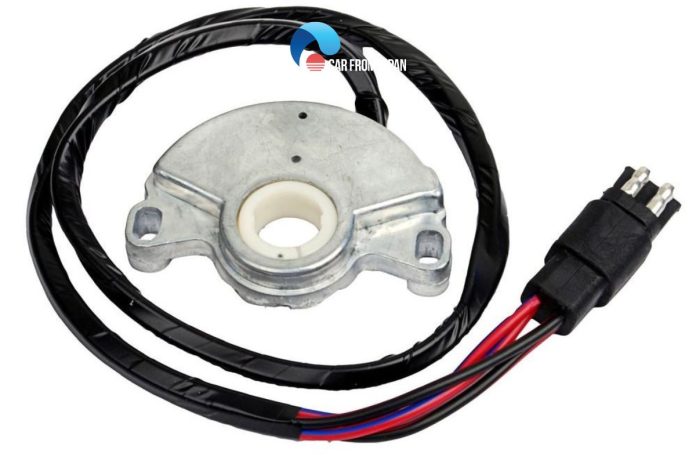A neutral safety switch controls the engine operation when the transmission is shifted to gear.
It allows the engine to kick off when the gear is in either ‘Park’ or ‘Neutral’ position. Without it, a car would shoot out from a stationary position soon after turning the ignition on.
The switch is an important safety component that eliminates the risk of an accident at the time of starting a car. Keep reading to learn how to diagnose it for defects and do neutral safety switch troubleshooting.
Contents
- How To Test A Neutral Safety Switch?
- How To Do Neutral Safety Switch Adjustment?
- How To Replace Neutral Safety Switch?
- What Are The Symptoms of A Faulty Neutral Safety Switch?
- FAQs on The Neutral Safety Switch
- Is it essential to test and adjust the neutral safety switch?
- Can a misadjusted or faulty neutral safety switch cause other problems in the vehicle?
- Is it possible to bypass the neutral safety switch for temporary use?
- Can I drive my vehicle with a faulty neutral safety switch?
- How often should I have my vehicle’s neutral safety switch checked?
- Conclusion
How To Test A Neutral Safety Switch?
When the safety switch fails, it requires several form of tests to see whether you need to do a neutral safety switch replacement or adjustment.
Check with a Manual Transmission
In addition to checking the effects of the neutral safety switch in different gear positions by exclusion as above, you can execute the test in another way for your manual transmission.
Method 1: Check the wiring
- Locate the safety switch. This type of switch is usually located near the end of the clutch pedal lever or on the push rod that connects the pedal to the master brake cylinder.
- Disconnect the electrical connector from the switch.
- If the connector has two wires, use a jumper wire to connect the terminals. If there is only one wire, connect the terminal to a good ground with a jumper wire.
- Put the transmission in N.
- Try to start the engine. If the engine starts, the switch may need to be adjusted or replaced. If it doesn’t, the problem is most likely in the starter circuit.
Method 2: Multimeter test
- Set the digital multimeter (DMM) to the lowest resistance or continuity test mode.
- Disconnect the switch electrical connector.
- With the clutch pedal released, touch the multimeter leads to the switch terminals. The meter should show no continuity (no beeps or “OL” reading).
- If there is continuity, replace the switch.
- Then, depress the clutch pedal and repeat the test. The meter should show continuity. If not, the answer is to replace the switch.
- Again, if it is adjustable, try adjusting it according to the repair manual and retest.
Check with an Automatic Transmission
Before attempting to adjust the switch, you can perform a few preliminary tests to determine the condition of the switch on the automatic transmission.
Although not a formal test, this test can lay the foundation for further steps, such as adjusting or replacing the switch.
Quite similar but more complex compared to the manual-transmission-based test above, this test includes these following.
Functional check
- Press and hold the brake pedal throughout the test.
- Try starting in Park. Turn the key to the “start” position for 2-3 seconds. Check if the engine cranks.
- Move the gear shift to neutral. Turn the key to the “start” position for a moment. Check if the engine cranks.
- Try starting in Reverse and Drive (one gear at a time, for a moment). The engine should not turn in any gear other than Park or Neutral. If it does, the switch is faulty.
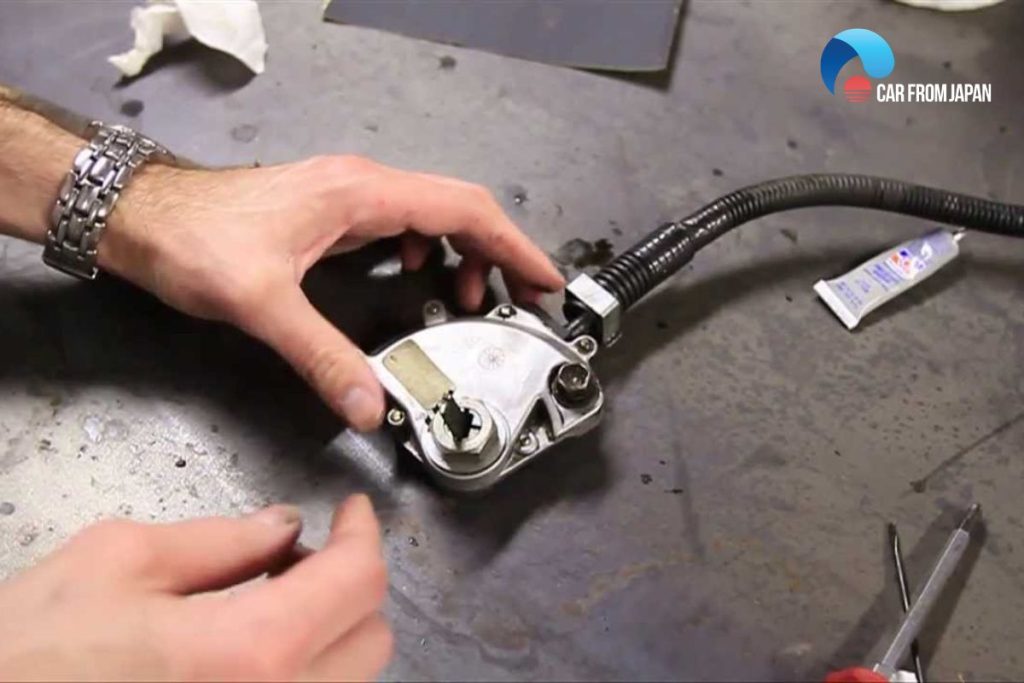
Wiggle Test
- Turn the key on, turn the engine off: Turn the key to the “on” position (do not turn the engine).
- Gently rock the gear shift back and forth between Park and Neutral without actually shifting gears.
- Observe while starting. If the starter engages or the engine attempts to start, the switch neutral safety or wiring may be faulty.
Check the light or multimeter (Wiring diagram required)
Locate the switch and connector. Refer to the repair manual if unsure.
Use the wiring diagram to locate the wires involved in the starter circuit at the neutral safety switch connector.
Disconnect the electrical connector from the switch and perform one or two procedure below.
A test light
- Connect the test light clamp to a good ground.
- With the key in the “on” position, check the appropriate wires on the switch connector while the transmission is in Park. The test light should illuminate.
- Test with the transmission in Neutral. The test light should illuminate.
- Test with the transmission in Reverse and Forward. The test light should not illuminate.
Use a multimeter
- Set the multimeter to the continuity test mode (or lowest ohm range).
- Connect the multimeter leads to the appropriate terminals on the switch connector while the transmission is in Park. The meter should show continuity (beeps or near zero resistance).
- Test in Neutral, Reverse, and Drive. The meter should show continuity in Neutral and no continuity (no beeps or “OL” reading) in Reverse and Drive.
After testing the above with the safety switch, we can rely on the following results to summarize its condition.
- The neutral safety switch may be faulty and needs to be replaced if these signs show:
- The engine only cranks in Neutral
- The engine turns in any gear other than Park or Neutral
- The engine cranks in any gear other than Park or Neutral
- Test light/Multimeter shows incorrect continuity
- Engine turns during wiggle test: Switch or switch wiring may be faulty.
When the engine does not crank and continuity is correct, the problems could be the starter motor, wiring, solenoid, etc. Then, you need further investigation.
How To Do Neutral Safety Switch Adjustment?
Generally, if you are not a professional mechanic, there are two basic and most accessible methods to adjust the neutral safety switch. That is by sliding the switch or aligning the marks.
If you are unsure, even with the most basic step, you should consult your vehicle repair manual.
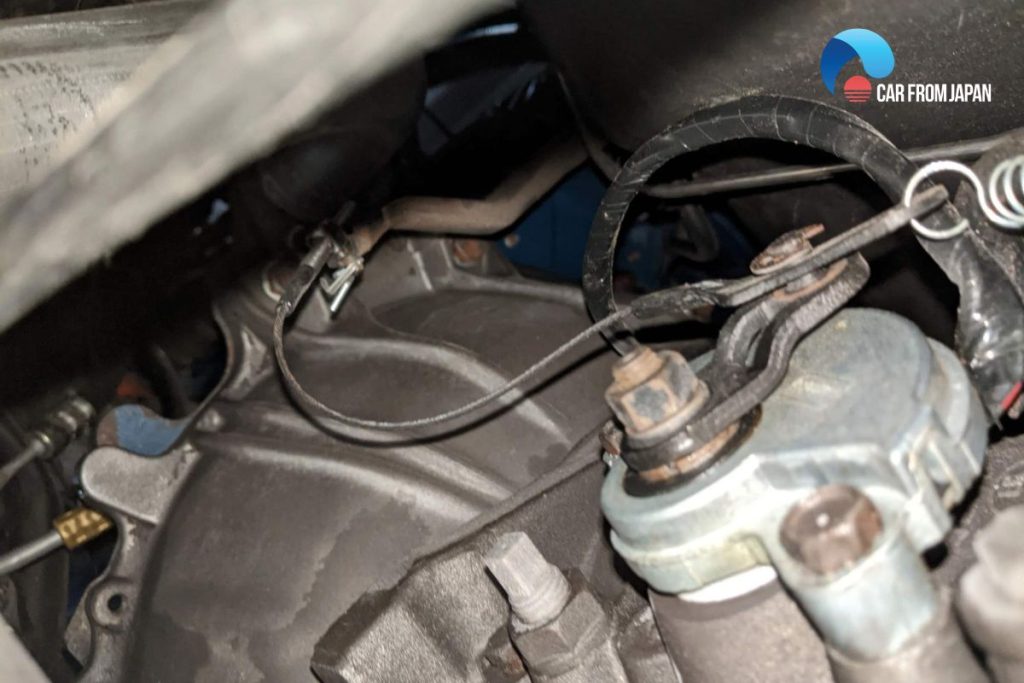
Method 1: Sliding the switch
This method is less accurate and is generally not recommended in many cases.
You can use it as a reference, but it is best to follow the manufacturer’s recommended procedure.
- Loosen the switch mounting bolts enough to allow for horizontal movement. Use an appropriately sized wrench and socket.
- Have a partner quickly turn the ignition key to the “Start” position. They should release the key as soon as the engine starts.
- While the engine is starting, slide the switch to Park or Neutral until the starter cranks. Hold the switch in that position and tighten the mounting bolts.
- Verify that the starter motor starts in Park and Neutral, but not in other gears.
- Reassemble any removed parts, such as the control panel or screws.
Method 2: Aligning marks
Compared to the first method, this method seems to provide a more precise adjustment.
- Loosen the switch mounting bolt/screw.
- Place the shift lever in neutral.
- Locate the neutral mark/line on the switch and align it with the corresponding mark/notch on the transmission or switch mounting point.
- Tighten the switch bracket just enough to hold it in the aligned position.
- Start the engine in neutral and park the vehicle. The engine will start in these positions but not in other positions.
- If the switch functions properly, tighten the mounting bolt/screw to the torque specification in the repair manual.
- In case the engine does not start or starts in the wrong gear, readjust the switch.
How To Replace Neutral Safety Switch?
If you have mechanical experience, the switch replacement process can be an easy DIY task.
Here are some basic steps you can follow to replace your faulty item.
Step 1: Turn on the ignition without kicking the engine off. Move the gear shift into ‘Neutral’ after applying the parking brake.
Step 2: Detach the battery’s negative terminal. Remove the wiring connector to which the safety switch is plugged and disconnect the pin that links the gearshift lever to the switch.
Step 3: Unscrew the mounting bolts of the switch.
Step 4: Install a new switch and reattach all the bolts, wires, and connectors.
Step 5: Set the gearshift in different positions like ‘Park’, ‘Neutral’, and ‘Reverse’ and turn the engine on. If you have done it right, the engine will start in ‘Park’ and ‘Neutral’ only.
Remember to follow the owner’s manual or repair manual during the replacement process. Also, always prioritize safety by disconnecting the battery and securing the vehicle properly.
With just a few simple and easy-to-follow precautions, you can quickly replace the faulty switch without too much worry.
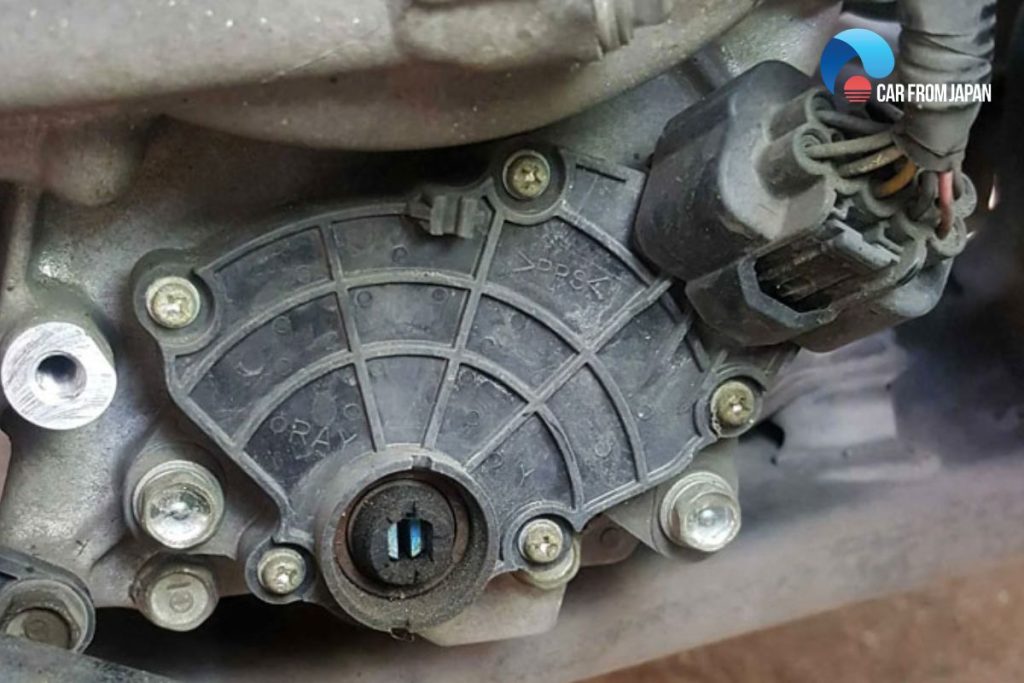
What Are The Symptoms of A Faulty Neutral Safety Switch?
Car won’t start (Occasionally or not at all)
A common and annoying sign of a faulty neutral safety switch is that your car won’t start.
When the transmission is in Park or Neutral, the switch prevents the engine from starting. But when the switch is faulty, it can send a fault signal to the starter system. The signal failure may mean that you won’t be able to start the car when you turn the key.
This problem can be intermittent and sporadic. The car might start perfectly fine, but it will suddenly refuse to cooperate without warning the next day.
This behavior can mislead you to problems such as a faulty battery, engine, or ignition system. However, the intermittent nature of this problem can be due to a loose connection, corrosion, or a faulty internal circuit.
Another issue within an issue, the problem appears and disappears, making it difficult to determine whether the root of the problem is the transmission neutral safety switch.
Only start in Neutral or Park
This may be the most evident sign if the switch is faulty. The switch prevents the vehicle from accidentally starting while in gear, causing the vehicle to suddenly move forward or backward.
If you observe that the vehicle repeatedly starts in Park or Neutral but stubbornly refuses to start in any other gear position (Reverse, Forward, etc.), the neutral safety switch is highly suspect.
This behavior is directly correlated to the intended function of the switch, making it a strong diagnostic indicator.
Reverse light failure
On some models, the neutral safety switch can activate the reverse lights. These lights will illuminate when the vehicle is in reverse, aiding visibility and alerting those behind.
If the reverse lights do not work, we can vaguely detect the cause. The internal mechanisms inside the gear position detection switch for starting also control the reverse light circuit.
However, this is not a sure sign that the switch is faulty. A blown reverse light bulb, a blown fuse, or faulty wiring in the reverse light circuit can also cause the same problem.
While the absence of reverse lights may be a clue, you should still do further testing to confirm the exact cause.
Intermittent start
Similar to the common symptom of the car won’t start, intermittent start problems can also indicate a problem with the neutral safety switch.
Vibration while driving can temporarily disrupt the connection, leading to this starting behavior.
You can shake the gear lever or check the wiring connected to the switch and monitor the starting behavior of the car to have a comprehensive assessment of the cause.
Grinding noise when starting
The noise that appears is a rather serious and dangerous symptom because the engine may be starting while the transmission is in gear.
The starter’s pignon gear, when trying to engage with the rotating flywheel of the engine, will create an unpleasant screeching noise. This is a direct result of a faulty neutral safety switch not preventing the starter from going into gear.
This situation can damage the starter motor and flywheel teeth. More importantly, it poses a significant safety risk.
If the engine starts while in gear, the vehicle may suddenly jerk forward or backward and cause an accident.
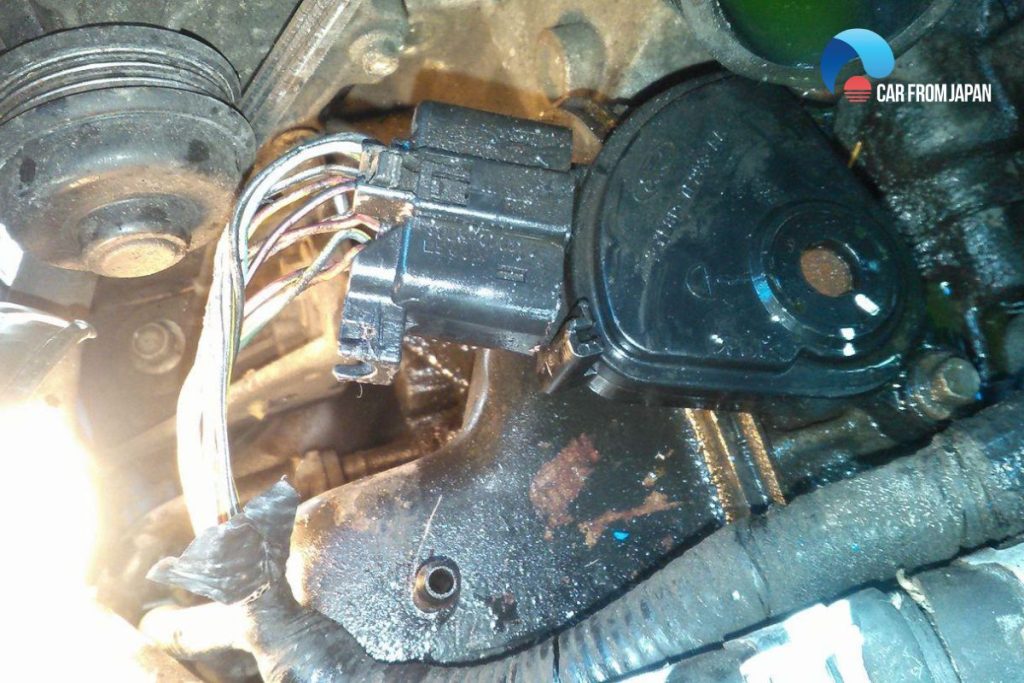
No crank condition
A no-crank condition means the engine does not turn when you turn the ignition key.
If the switch is stuck in a position that does not recognize that the vehicle is in Park or Neutral, it will prevent the starter solenoid from receiving power.
This results in a no-crank situation where the key is turned with no response from the starter.
Check Engine Light (Not often)
Sometimes, a faulty neutral safety switch will trigger the light. Modern vehicles have sophisticated computer systems that monitor many different sensors and components.
A malfunctioning neutral safety switch can generate fault codes that the computer recognizes as a problem. In these cases, the check engine light will illuminate.
You can use a diagnostic code reader or OBD-II scanner to retrieve these codes.
FAQs on The Neutral Safety Switch
Is it essential to test and adjust the neutral safety switch?
Testing and adjusting the neutral safety switch is essential to maintain the proper functioning of this safety feature.
If the switch fails or is misaligned, it can lead to starting issues, safety concerns, or unintended vehicle movement.
Can a misadjusted or faulty neutral safety switch cause other problems in the vehicle?
A malfunctioning switch can lead to issues like the inability to shift gears, problems with cruise control, or issues with the backup lights.
Proper adjustment and maintenance are essential to prevent such problems.
Is it possible to bypass the neutral safety switch for temporary use?
Bypassing the switch is not recommended, as it compromises safety. It’s best to address the underlying issue by testing and adjusting or replacing the switch.
Can I drive my vehicle with a faulty neutral safety switch?
You can. But it is not advisable as it can pose safety risks. If the switch is compromised, it’s essential to have it repaired or replaced promptly.
How often should I have my vehicle’s neutral safety switch checked?
The neutral safety switch isn’t typically a part that requires regular. It’s more of a “check it if there’s a problem” component.
However, whenever you perform an oil change or tire rotations (every 5,000 – 8,000 miles), check the switch also.
Check out this video from EasyAutoFix to learn some symptoms of a bad neutral safety switch!
Conclusion
Understanding the testing and adjustment of a neutral safety switch is essential for maintaining the safety and functionality of a vehicle’s starting system.
For more insightful Car maintenance tips, follow Car From Japan today!

